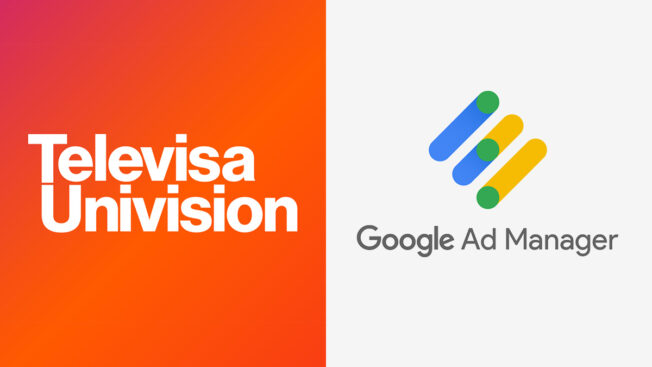“If you were standing at a doorway and sticking stickers on people who walked in so that you could identify them later, the pixel is your hand reaching to put something on the person,” Cone said. “The cookie is the sticker.”
Large publishers like Meta and Google and major demand-side platforms offer their own pixels, as well as many other entities. Often a company might not know the exact ramifications of the pixels they append to their websites; the tech is often sold as a solution to make advertising more effective, and privacy concerns are typically not mentioned, said Adam Heimlich, a programmatic veteran and CEO of Chalice Custom Algorithms.
“It’s positioned as something very benign,” Heimlich said.
Pixels haven’t attracted as much regulatory scrutiny, until now, in part because they represent an agreement between two companies. Other identifiers like cookies are given by publishers or browsers to consumers, sometimes with their knowledge.
“The structure of American business law favors private transaction and the placing of the pixel and the handing over of data from one company is generally not a concern,” Heimlich said.
The best means of attribution
Advertisers, especially for performance marketers, rely on pixels to measure the effectiveness of their ads and to optimize and target future ads based on these learnings.
While their effectiveness has been dampened by the loss of signals, especially Apple’s mobile identifiers, pixels are still the best means of attribution, said Kevin Renwick, media director at Mekanism.
“They’re essential,” he said. “This represents the best solution that we have in market.”
Brands can use pixels with their own first-party data instead of cookies to track their ads’ performance. But this doesn’t always mitigate privacy concerns if that first-party data is particularly sensitive, as was in the cases of GoodRx and BetterHelp.
With Meta (and other walled gardens), even if a brand does not have first-party data, an advertiser can use a pixel to learn who bought a product and then build a look-alike audience based on this data to target future ads, all within the walled garden, Dulce said. Here, the advertiser does not get to see the individuals in the data set but can use Meta’s data to make up for some of the signal loss with cookies.













